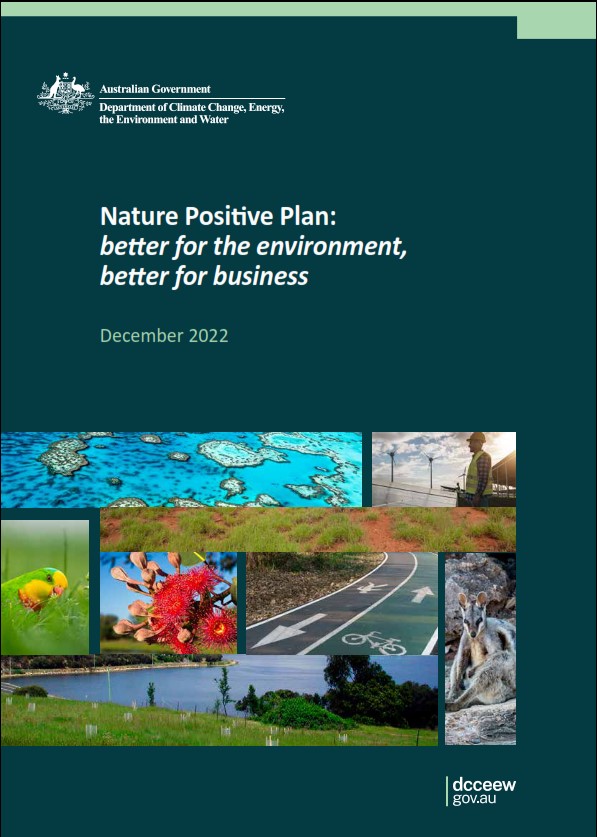Nature Positive Plan – Australian Government
DR ELIZABETH GIBSON, General Manager CMPA provides comment on the Australian Government’s Nature Positive Plan 2022.
The following is an extract from the Australian Government’s “Nature Positive Plan: Better for the Environment, Better for Business” followed by comments on the accompanying National Environmental Laws.
“The Independent Review of the Environment Protection and Biodiversity Conservation Act 1999 (EPBC Act) (the review) and the State of the Environment Report tell an alarming but consistent story. A story of environmental degradation, loss and inaction; of businesses frustrated by slow bureaucratic structures and an Act focused on processes rather than outcomes. A story of opaque data and decisions, poor enforcement and the exclusion of First Nations people from involvement in decision-making.
In this response to the review, the Australian Government is laying down a marker for environmental law reform. The agenda outlined in this response presents the most comprehensive remaking of national environmental law since the EPBC Act was first introduced. The fundamental problems with the EPBC Act and the basis of the necessary reforms are set out by Professor Samuel AC in the review. This government response builds on the review’s recommendations, taking account of new opportunities and challenges that have arisen since the review was provided to government 2 years ago.

The Australian Government has committed to protect 30% of Australia’s land and seas by 2030, create a nature repair market, establish an independent Environment Protection Agency (EPA) and work in partnership with First Nations people, including to develop standalone cultural heritage legislation.
We are working towards zero new extinctions. These policies are necessary but have to be implemented in challenging times. The Australian economy faces headwinds from a deteriorating global economy, natural disasters, and rising cost of living pressures.
Faster, clearer environmental approval decisions assist economic growth, increase employment and support a greater capacity to invest in environment and social priorities. A resilient and healthy environment is necessary for a vibrant economy and society and essential to quality of life. The condition and rate at which we are eroding the environment poses significant risks to Australia’s economic, financial and social stability.”
Comments on the Nature Positive Plan

Submission
Support is given to the three essential principles (as detailed above); however, it is apparent from reading the National Environmental Laws that they may be contradictory. For example:
• The CEO of the EPA does not have any set statutory time frame in which to make a decision for strategic assessments.
• Whilst a 60 business day (20 business days for a low impact pathway) for decision by EPA is stipulated, no action is required to be taken by EPA until the application is accepted once all information prescribed by the rules has been provided.
Whilst this is a worthy aspirational value (30% of Australian Land and Seas protected by 2030) scant information has been made available as to the costs of such attainment i.e. social and economic development.
The 30% figure was landed on prior to the current high rate of immigration and the new homes and infrastructure as well as increased land for food production, water, electricity etc. that is now being required.
It is unclear whether the 30% figure includes or excludes wind farms, solar farms and supporting electricity transmission infrastructure.
Conclusion
There would have been more informed comments on the National Environmental Laws if an impact assessment had also been conducted and included.









You must be logged in to post a comment Login